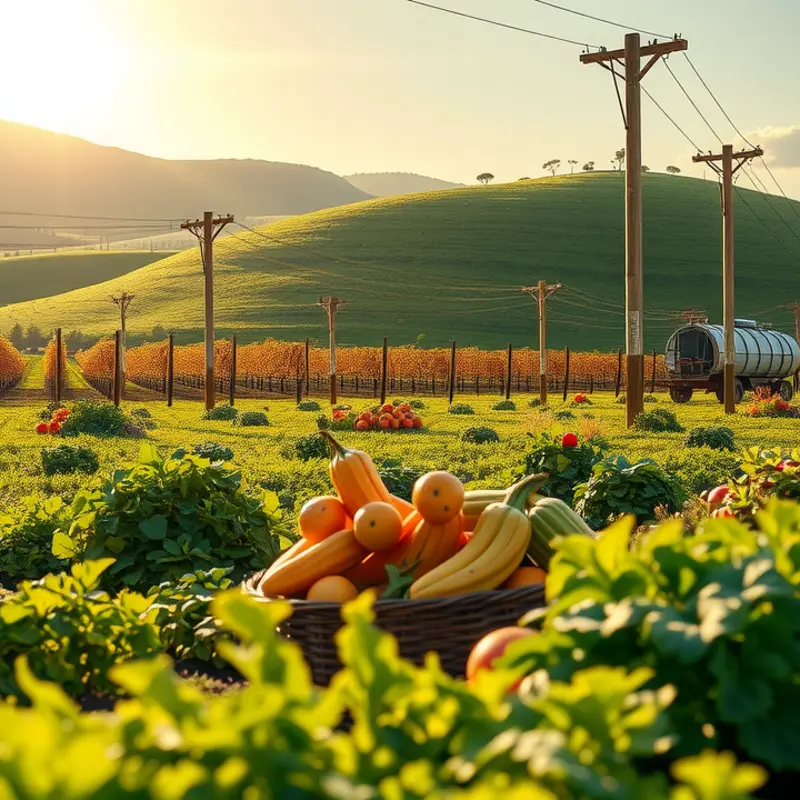Freezer-friendly labeling is crucial for managing your food effectively, ensuring safety, and minimizing waste. By adopting a systematic approach, you can extend the life of your frozen goods while keeping track of what’s in your freezer. From understanding proper labeling methods to creating an efficient storage system, these strategies help maintain the quality of your food and streamline meal prep. Let’s dive into practical tips that will enhance your food management skills at home.
The Importance of Proper Labeling

Understanding the pivotal role of proper labeling in freezer-friendly food management cannot be overstated. Properly labeling your frozen food is not merely about organization—it’s fundamentally about safety, reducing waste, and ensuring an efficient kitchen workflow.
An unmarked container in the freezer creates unnecessary confusion and often leads to food waste. Lacking a label, you could unknowingly hold onto food past its prime, risking not only flavor but safety. Beyond this, digging through the freezer, trying to differentiate a stew from a soup, wastes valuable time and energy.
Clear and informative labels mitigate these issues by acting as a reliable roadmap to freezer contents. A quick glance at a label should ideally provide all the information needed to make informed decisions about what to defrost for dinner or which items require urgent consumption.
Essentials for Every Label
A comprehensive label should include the contents of the package, date of freezing, and use by date. Including the name of the dish or ingredients used ensures any specific dietary requirements or preferences are met without guesswork. For homemade creations, consider noting key ingredients or any allergens present. The freezing date helps track freshness, while a use-by date signals when the food should ideally be consumed. This foresight aids in maintaining food safety standards and prevents surprises caused by debatably edible items languishing long past their due.
For those engaging in regular meal prep, consistency in labeling is crucial. Using uniform terminology and layout across your freezer stock helps avoid confusion and supports meal planning. This concept aligns with efficient practices found in strategies like those discussed in weekly meal simplification, emphasizing the importance of systematic organization and planning.
Benefits Beyond Safety
The advantages of proper labeling extend into the realms of kitchen efficiency and stress reduction. Quick identification of items saves time, reduces the mental load during meal prep, and ensures you’re rotating stock effectively. By consuming older items first, you can minimize freezer burn and spoilage. This not only reduces waste but also seamlessly integrates into broader sustainable food practices.
The practice of labeling is also conducive to maintaining a harmonious household. In shared living situations, labels ensure that everyone is on the same page, reducing the mix-up of meals and accidental consumption of items earmarked for specific purposes or individuals. Moreover, should you choose to delve into meal sharing or collaborative meal prep with neighbors or friends, clear labels pave the way for easy, worry-free exchanges.
Ultimately, adopting a structured labeling system will transform your food storage efforts into a more manageable, economical, and safe practice. As you refine your freezer management skills, this practice will evolve into second nature—yielding dividends in time, taste, and tranquility.
Effective Labeling Techniques

Mastering the art of labeling ensures that your freezer remains an organized and efficient space. Start by selecting the right materials, which forms the foundation of effective labeling. Use waterproof labels and permanent markers that resist smudging in freezing conditions. This prevents information loss due to moisture and condensation.
Crucial details on your labels include the item name, date of freezing, and any significant ingredients. This information aids in meal planning and is crucial for maintaining food safety. By knowing when an item was frozen, you can ensure you’re consuming it within a safe timeframe, reducing the risk of spoilage and food waste.
Maintaining legibility can be a challenge, particularly as time passes and labels are handled. Keep your writing clear and concise, using large, bold letters. A printed label maker is an excellent investment for those who freeze food frequently. These devices increase durability and readability, ensuring each container is easily identifiable over time.
To elevate your organizational strategy, consider adopting a color-coding system. This visual cue allows instant recognition of food categories: red labels for meats, green for vegetables, and blue for prepared meals, for example. This system not only speeds up retrieval but also prevents cross-contamination by making storage sectors clear.
Incorporate a reliable dating method on your labels. The ‘month and year’ format works effectively for most items, but high-rotation stock could include a ‘day of the month.’ This method streamlines the first-in, first-out (FIFO) strategy, essential for effective pantry management. Explore how meal planning aligns with labeling practices in our guide to simplifying your weekly meals.
Sometimes creativity and personalization make labeling an enjoyable activity. Use different shapes and sizes of labels to signify different types of meals or dietary needs. Children could have their own designated labels decorated with fun symbols or colors. Not only does this engage family members in the storage process, but it also instills valuable food management skills.
Remember, the goal of labeling is not just organizational but also sustainability. Proper labeling decreases food waste, saving money and supporting environmental efforts. As you refine your labeling techniques, you’ll notice an improvement in your kitchen’s functionality, ensuring every meal is as fresh and nutritious as possible.
Final words
Implementing effective freezer-friendly labeling practices is a game changer for your kitchen. By taking the time to properly label your frozen food, you can not only ensure safety and reduce waste but also streamline your meal preparation process. Remember to include critical details such as the item name, date of freezing, and quantity on each label. Infuse creativity into your labeling system to make food management easier and more enjoyable. With consistent use of these practices, you’ll foster a more organized kitchen and make mealtime decision-making a breeze.







